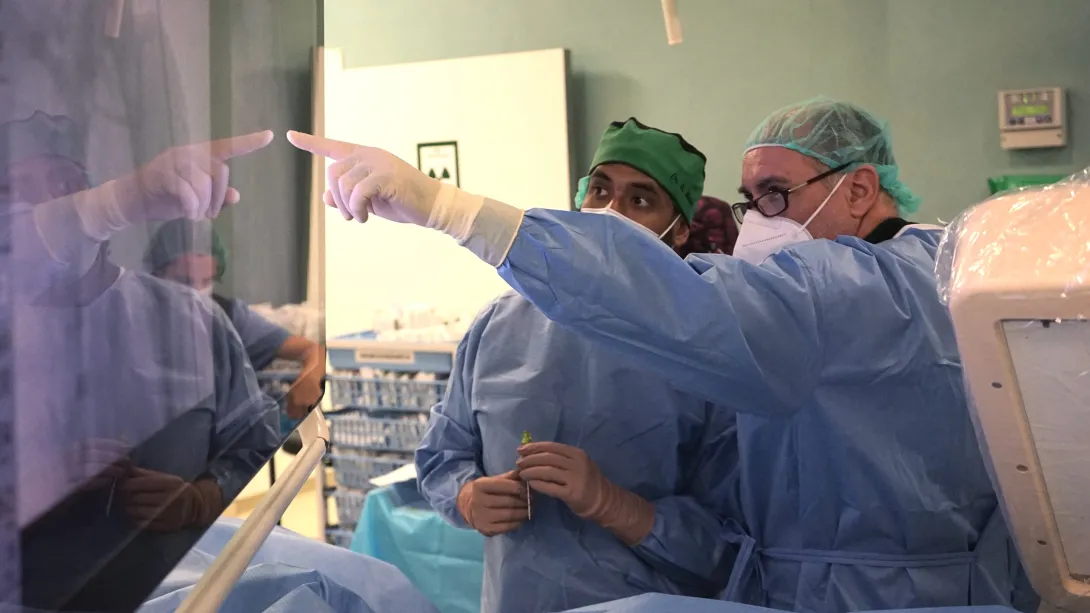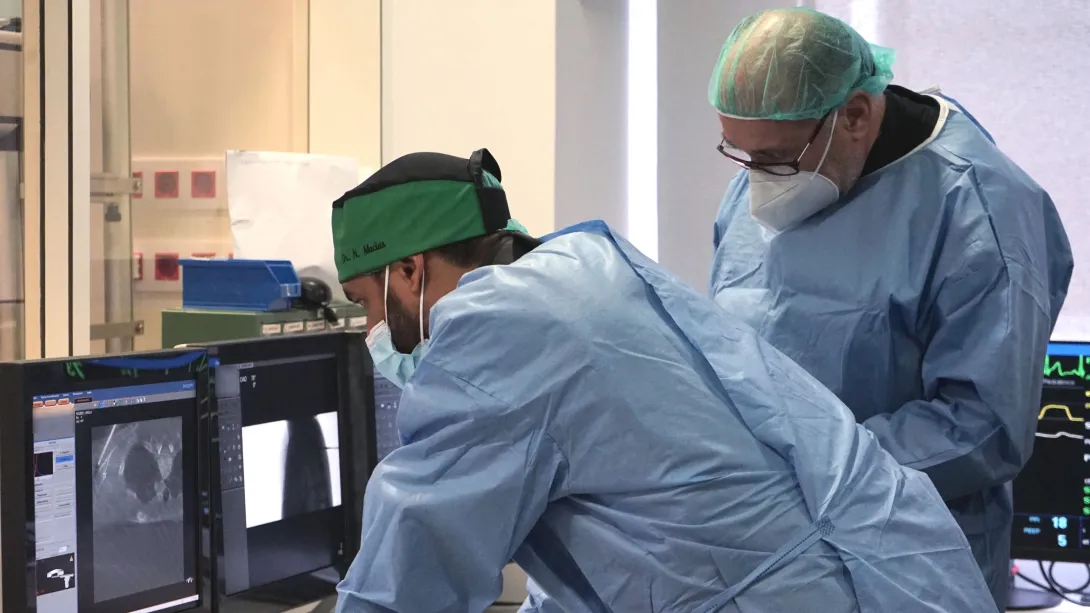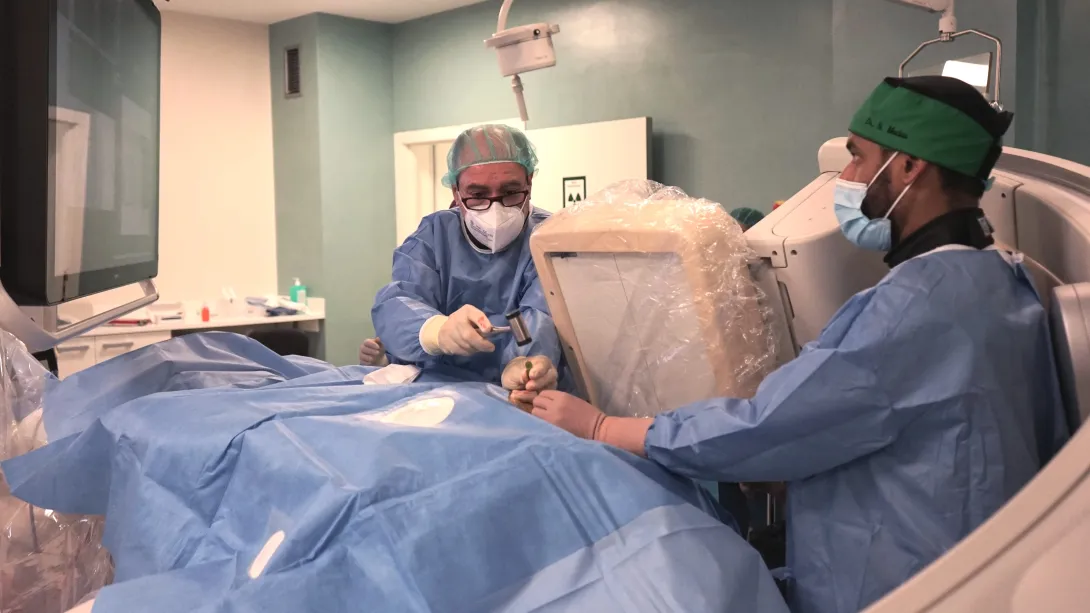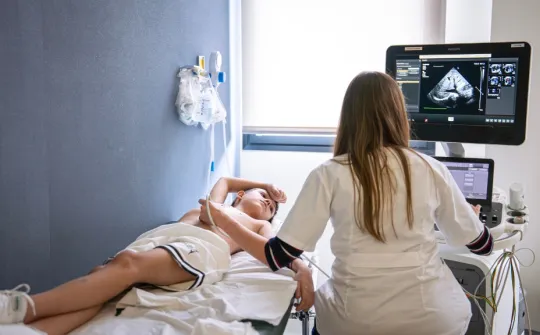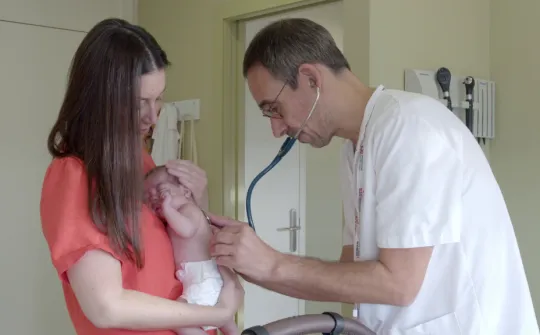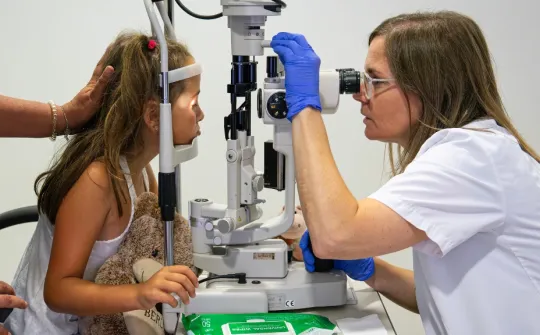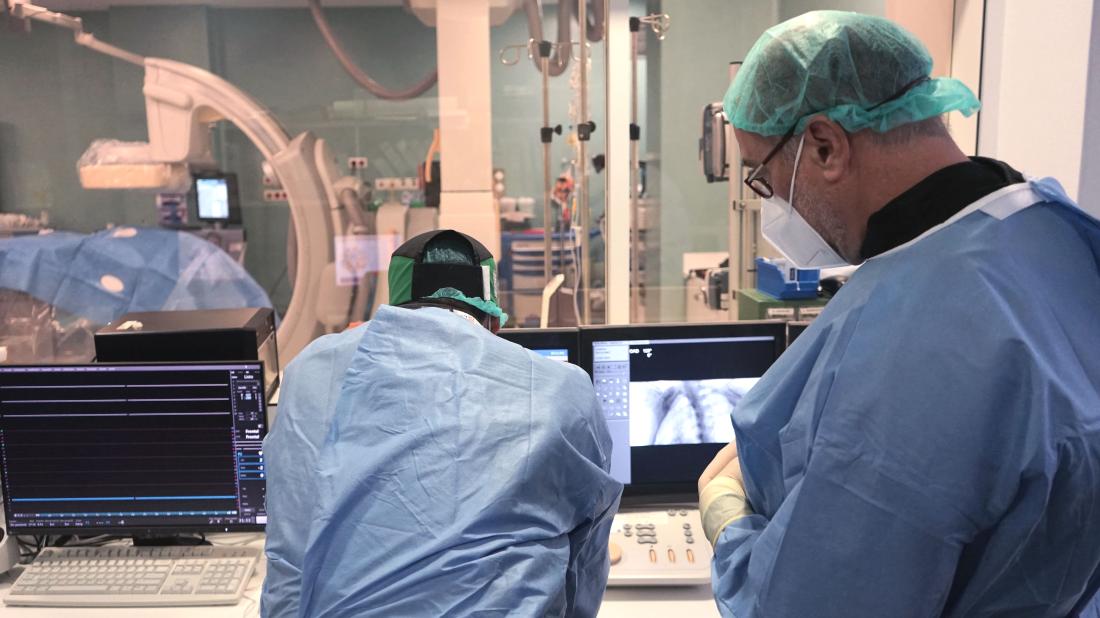
Radiofrequency thermal ablation allows for localised tumour destruction by submitting it to temperatures over 50 degrees. Cryoablation, conversely, destroys tumour cells with temperatures below 20 degrees.
These days, tumour treatment goes far beyond conventional surgery. There are now techniques such as cryoablation, which allows for targeted tumour destruction using cold, or radiofrequency thermal ablation, which does the same thing using heat.
With the help of CT or MRI-guided imaging, the team performing the procedure inserts needles into the area of the tumour, applying temperatures below 20 degrees for cryoablation, and above 50 degrees for radiofrequency thermal ablation.
These treatments offer several advantages: they only require a short hospital stay; they are generally well-tolerated by patients; and they can be easily repeated if necessary.
The SJD Barcelona Children's Hospital has been using these techniques for years to treat benign bone tumours, and also in palliative cases, on malignant tumours for which surgery is not an option, either because their location is hard to access or they are very widely spread.
A therapeutic option for benign bone tumour
Interventional radiology and musculoskeletal surgery professionals from the Orthopedics and Traumatology Department at the SJD Barcelona Children's Hospital have used cyroablation in cases of bone tumours, a field where there is less knowledge of the disease among adults. Performing the technique on bone requires particular care, as these structures must be able to support body weight and are at risk of fractures.
The SJD Barcelona Children's Hospital is one of the few facilities in Spain that uses cryoablation as a viable alternative to conventional treatment in benign bone tumour cases, such as chondroblastomas and osteoblastomas, frequently located at the ends of long bones or in the spinal column.
Interventional radiology professionals here have used percutaneous cryoablation on more than 20 patients with musculoskeletal tumours. Their experiences have been published in the Insights Imaging magazine.
Indications in malignant tumours
So far, cryoablation has allowed professionals at the SJD Pediatric Cancer Center to beat resistent malignant tumours that have spread throughout the kidneys and the lungs. In combination with chemotherapy, it has made treatment more effective, and even had some unexpected results, like the complete resolution of a Wilms’ tumour in a young boy who had no other therapeutic options. Likewise, radiofrequency thermal ablation has been used to tackle chemotherapy-resistant tumours in the liver.
